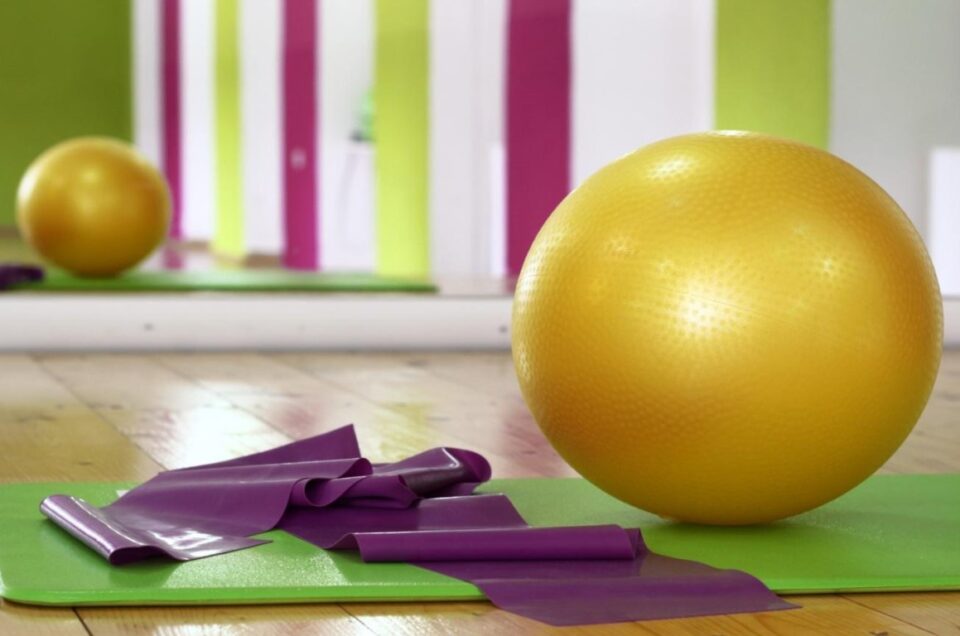If you’re like most people, you probably got a new exercise ball for the holidays. And if you’re like most people, you don’t know what to do with it! Well, don’t worry — we’re here to help.
Exercise balls are a great tool for strengthening your body, specifically your core and lower back. It’s fantastic for bodyweight workouts and is a staple for any fitness enthusiast worth their name. However, a stability ball is only beneficial if you use it correctly.
In today’s post, we’ll be discussing 6 creative and effective ways to use your new exercise ball for better physical health. Whether you’re looking to improve your posture, increase your strength, or just have some fun, an exercise ball can help. Read on to learn more.
What Is an Exercise Ball?
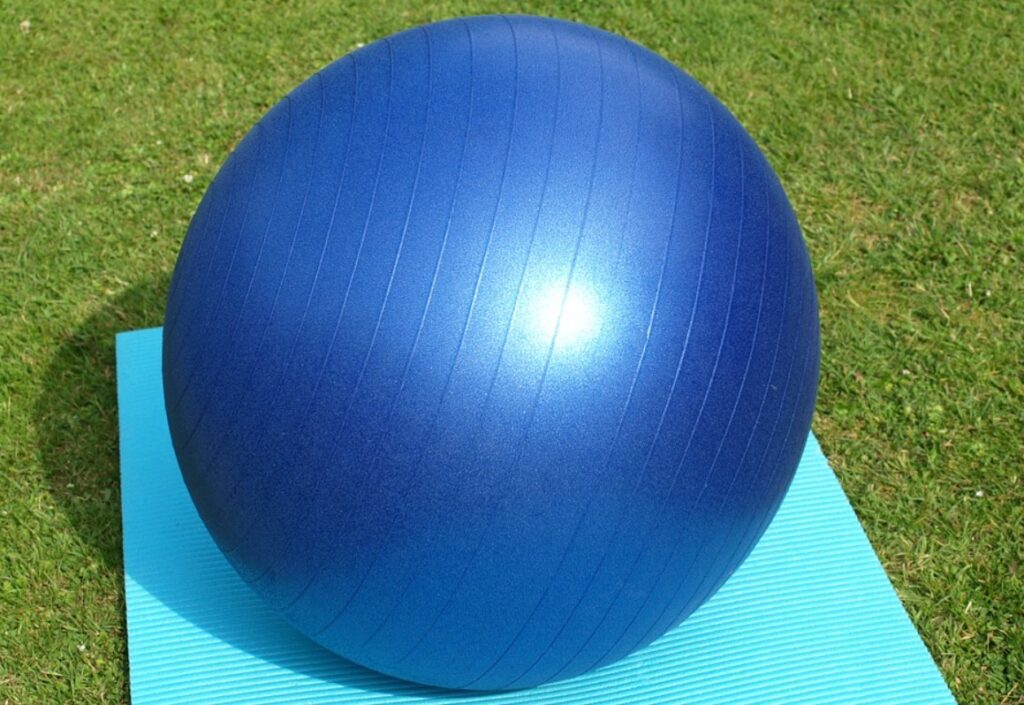
An exercise ball, also referred to as a stability, swiss, or gym ball, is a large inflatable ball often used in physical therapy, Pilates, and yoga. It can also be used for weight training and other forms of exercise.
The ball is usually made of PVC or latex and comes in a variety of sizes. The most common size is about 65 centimeters in diameter, but they can range from 45 to 85 centimeters.
Exercise balls are often used in physical therapy to help people recover from injuries. They can also be used to improve balance and coordination. In addition, exercise balls are often used for strength training and Pilates.
Best Ways to Use an Exercise Ball
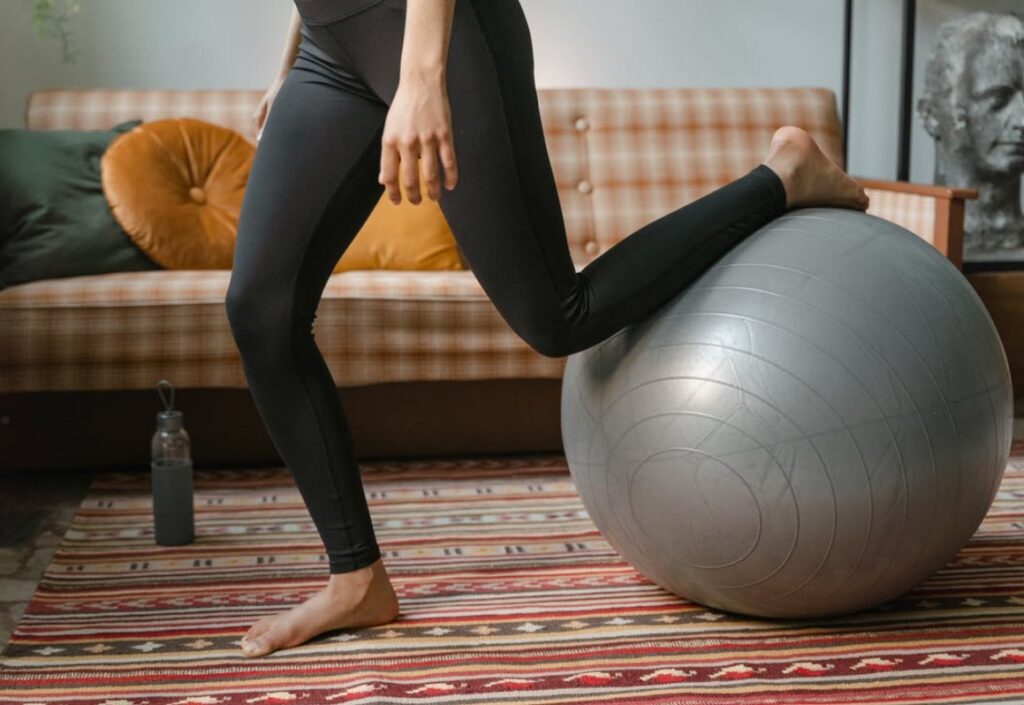
So you got a new gym ball, and you’re super excited. But after inflating it, you have no clue what to do with it.
To help you out, here are a few incredible ways to use your stability ball.
1. Do The Stability Ball Squat
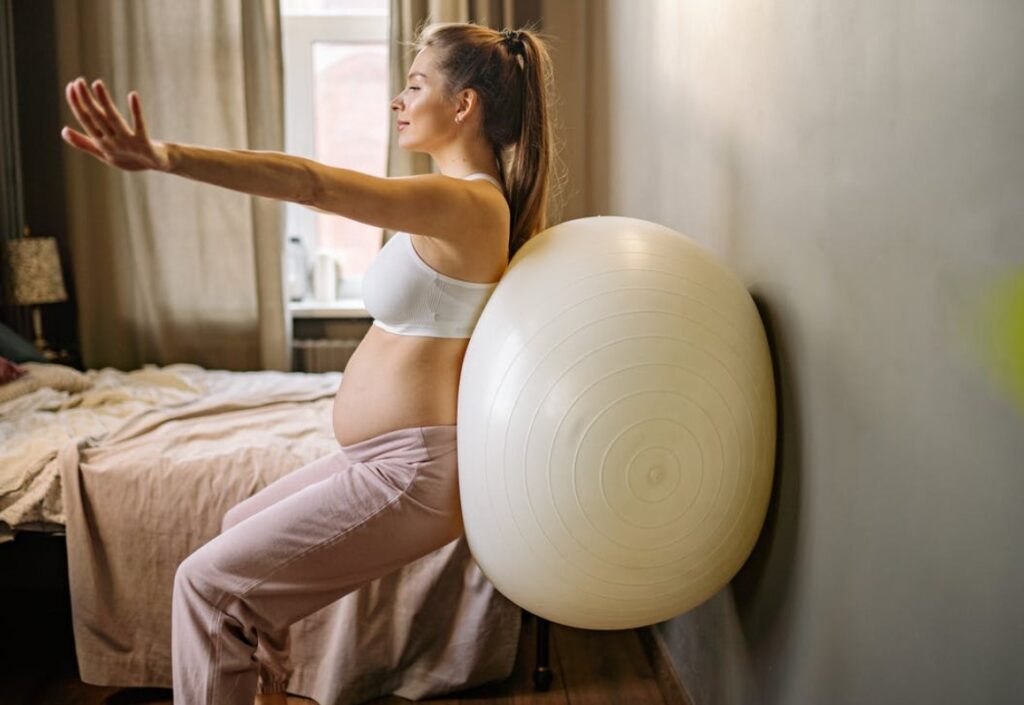
The stability ball squat is a great way to work your quads, glutes, and core. To do this exercise, you’ll need a stability ball and a wall. Start by placing the ball between your lower back and the wall.
You can also place it between your upper back and the wall if you want an extra challenge. Once the ball is in place, lower your body into a squat position. Be sure to keep your back straight and your knees over your toes.
Hold this position for 30 seconds and then return to the starting position. Repeat this exercise for three sets of 15 reps. This is an amazing exercise for your quads and glutes!
2. Try the Stability Ball V-Up
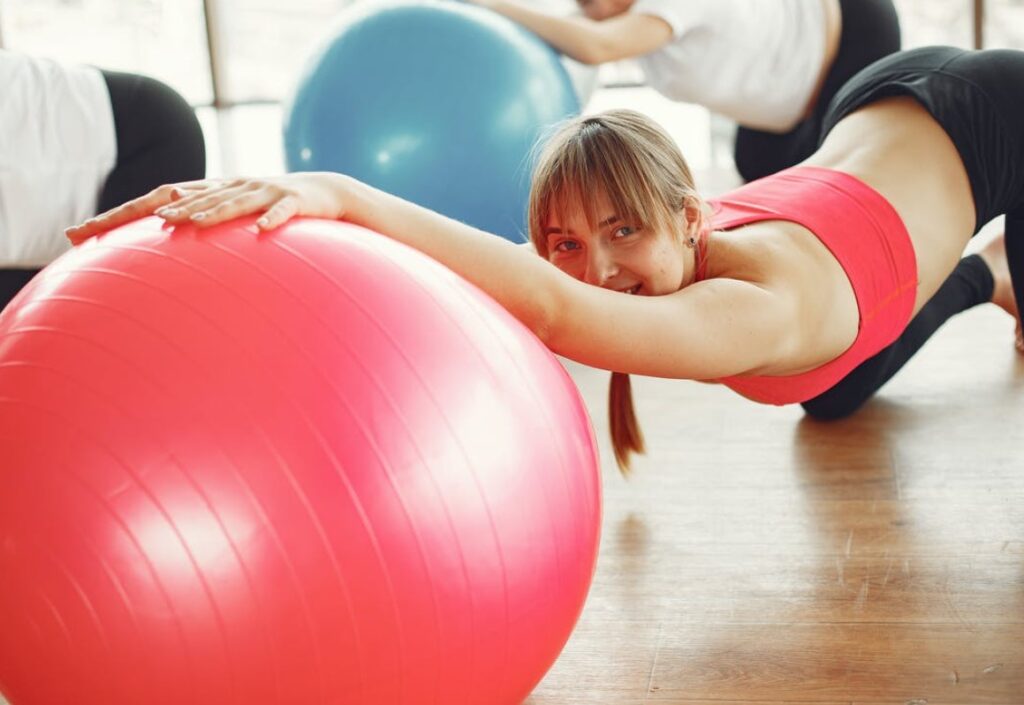
The stability ball V-Up is a great way to work your abs. All you need for this exercise is a stability ball and a mat. Start by lying on your back with the ball in your hands.
Slowly raise your legs and torso off the ground and into the air. Try to touch the ball to your toes. Hold this position for 30 seconds and then return to the starting position. Repeat this exercise for three sets of 15 reps.
If you want to sweat it out, try holding the ball in your hands while you do the V-Up. This will make the exercise more difficult but will also help you build more strength.
3. Do The Gym Ball Hamstring Curl
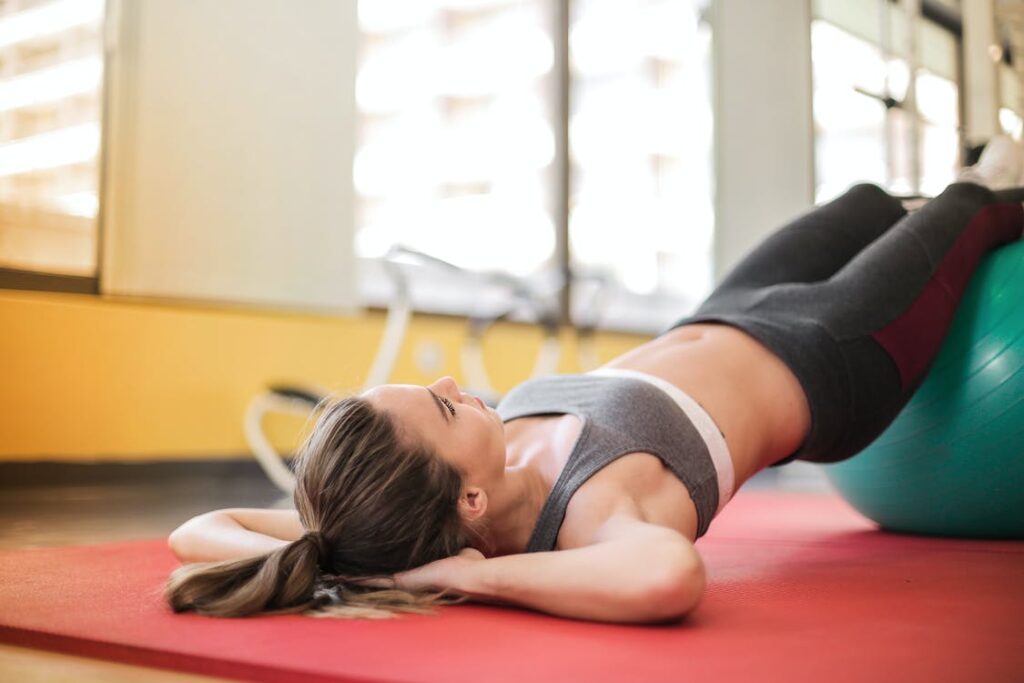
The gym ball hamstring curl is a great way to work your hamstrings. You’ll need a stability ball and a mat for this exercise. Start by lying on your back with the ball under your heels.
Slowly raise your hips off the ground and into the air. Dig your heels into the ball and use your hamstrings to curl the ball towards your glutes. Return to the starting position and repeat for three sets of 15 reps.
Your hamstrings might feel sore, but they’ll thank you later for the increased strength. Just make sure you buy a high-quality stability ball and trainers like the Nike Waffle Trainer 2 for the best results.
4. The Balance Push-Up

The balance push-up is among the easiest exercises you can do with a stability ball. All you need is a stability ball and a mat. Start in a push-up position with your hands on the ball.
Your feet should be shoulder-width apart, and your body should be in a straight line from your head to your heels. Slowly lower your body towards the ground and then push back up to the starting position. Repeat for three sets of 15 reps.
This exercise is perfect for beginners who want to ease their way into using a stability ball. It’s also great for those who are looking for a challenging push-up variation. It’s great for your core, pecs, and triceps.
5. Try the Stability Ball Rollout

The stability ball rollout is a great way to work your abs, back, and shoulders. You’ll need a stability ball and a mat for this exercise. Start by kneeling on the mat with the ball in front of you.
Place your hands on the ball and slowly roll it away from your knees. As you roll the ball out, your body will lower towards the ground. Once you reach your maximum range of motion, roll the ball back to the starting position. Repeat for three sets of 15 reps.
This exercise is perfect for those who are looking for a challenging core workout. However, ensure you have a good quality stability ball and maintain proper form throughout the exercise.
6. Try the Gym Ball Single-Leg Glute Raise
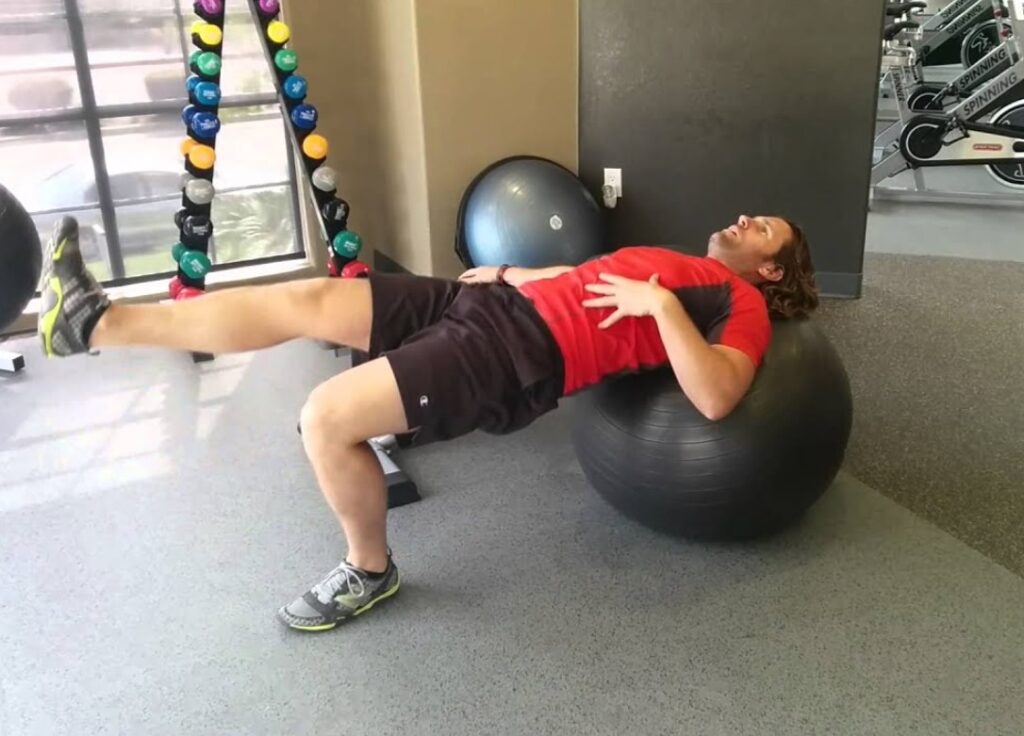
The gym ball single-leg glute raise is a great way to work your glutes. You’ll need a stability ball and a mat for this exercise. Start by lying on your back with the ball between your ankles.
Slowly raise one leg into the air and dig your heel into the ball. Use your glutes to raise your hips off the ground and into the air. Return to the starting position and repeat for three sets of 15 reps on each leg.
This exercise is perfect for those who want to work their glutes in a new way. It’s also great for beginner exercisers who want to ease their way into using a stability ball.
Make the Most of Your Exercise Ball
The exercise ball is one of the most versatile pieces of home gym equipment. Make the most out of your time by trying all the above. Your journey to peak fitness and performance starts with your gym ball.
If you’re hungry for more, please check out the other posts on the site for more insightful content.

